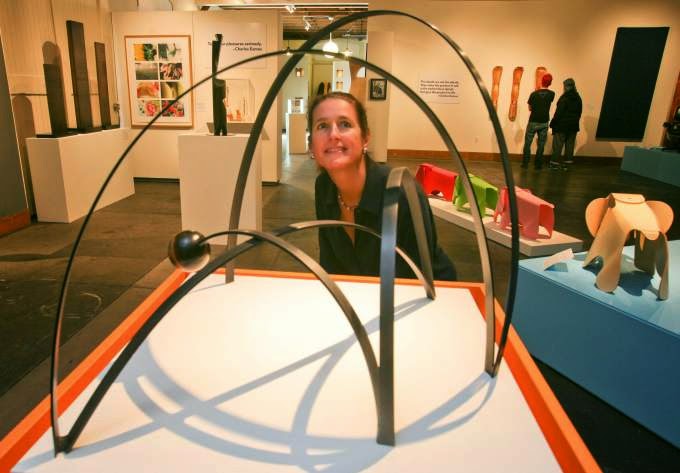1. “The role of the designer is that of a very good, thoughtful host anticipating the needs of his guests.”
This quote from Charles Eames succinctly sums up the couple’s philosophical approach to design, and it explains the charm, detail, and accessibility that characterize so much of their work. The word “guest” is tossed around so much these days as a euphemism for “customer” that it’s easy to lose track of the original meaning of the word.
The Eameses, as global travelers and enthusiastic amateur anthropologists (indeed, they saw this as part of their role as designers) learned firsthand the value of hospitality, and the role of a designer in smoothing the way for people to live and work. This means not only making things more functional, though that’s of primary importance. It also means making them more pleasing. As Charles often admonished designers: “Take your pleasures seriously.”
2. “The more you do, the more you can do.”
Perhaps the greatest secret to the success of the Eameses was that they refused to specialize. By taking commissions and launching new projects of their own for architecture, film, furniture, toys, games, museum exhibits, textiles, magazines, and more, they developed a comprehensive, even universal approach to their work. “We work because it’s a chain reaction, each subject leads to the next,” Charles said. A varied career has a way of cross-fertilizing from one domain to another.
3. “Innovate as a last resort. More horrors are done in the name of innovation than any other.”
Great designers are voracious scavengers. In this age of sampling, mashups, and copyleft activism, we can look back and see that Charles and Ray were far ahead of their time in their collage-like approach to creativity. They disapproved of the cult of originality in their time, and saw that often the best solutions come from the ground up.
“Eventually, everything connects – people, ideas, objects. The quality of the connections is the key to quality per se.”
This should extend to your interactions with fellow designers. Being competitive is natural, but try to create a space for idea incubation, exchange, and riffing. After all, “Ideas are cheap. Always be passionate about ideas and communicating those ideas and discoveries to others in the things you make.”
4. “A partnership is more than the sum of its parts.”
While most of us are not married to our professional colleagues (and if we are, we know it certainly presents complications absent from our romantic daydreams), nevertheless this is true of even purely creative relationships. Think about how you can create this type of nonzero economy in your own interactions. When working with a client, don’t impose your own vision from outside, but consider what unique qualities you can draw out from them.
With all their diverse accomplishments, the greatest example the Eameses left us is their dynamic, symbiotic life together. As Charles put it, “Any time one or more things are consciously put together in a way that they can accomplish something better than they could have accomplished individually, this is an act of design.”





.2.jpg)
..jpg)













































